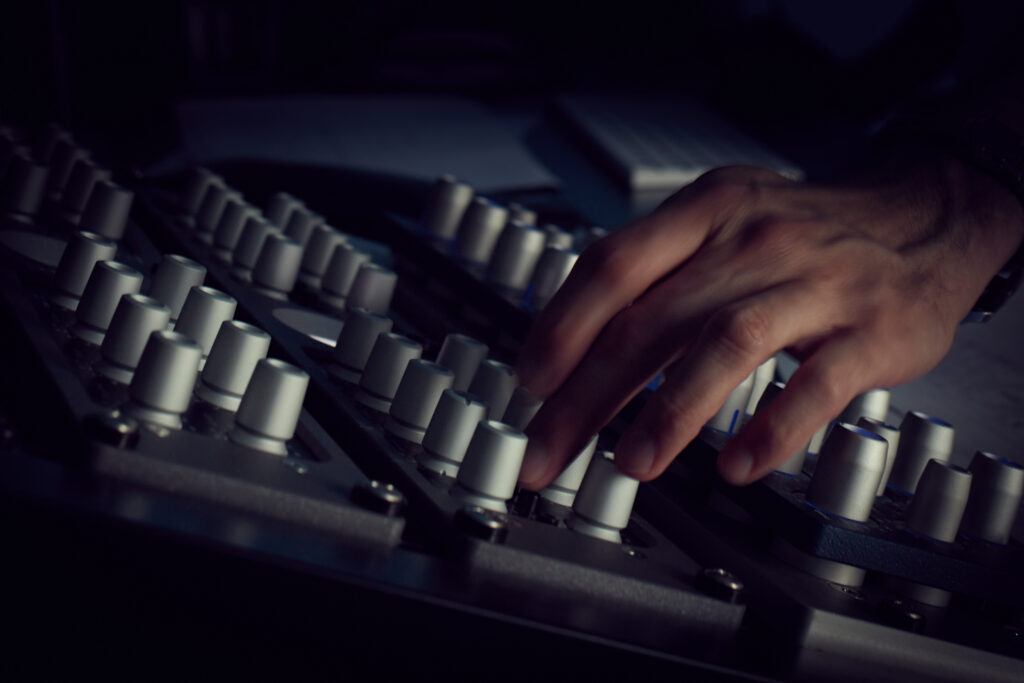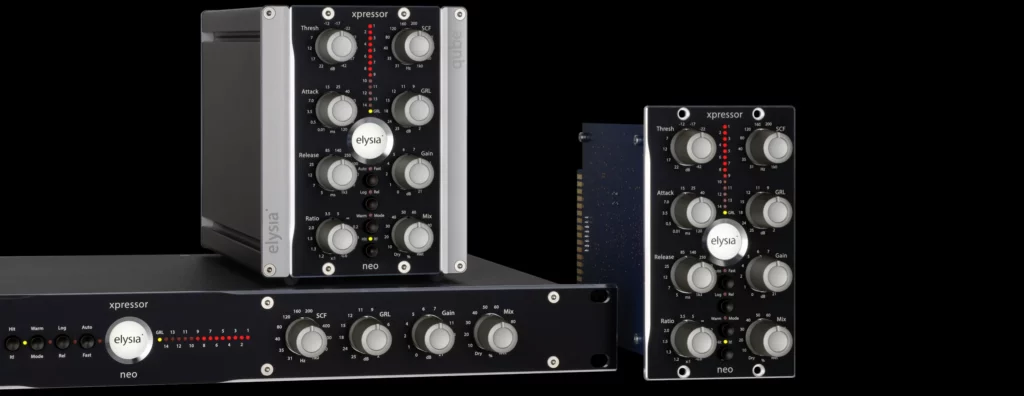How to deal with audio latency

Are you suffering from annoying latencies in your audio production? Please read this blog post to get the background about latency and how to solve it.
500 Series vs. 19″ Rack vs. qube – the elysia hardware purchase guide

You want to know how the elysia product range differs between 500 Modules, 19″ Racks and qube? Is the sound on all machines identical? Here you will find the answer!
